Sherpas: From Everest Pioneers to 2025 Heroes
When you think of Himalayan mountaineering, it’s easy to picture summit photos, prayer flags flapping in the wind, or the gleam of ice axes high above the clouds. But behind every summit story, there’s another narrative – one of strength, wisdom, and quiet leadership. Sherpas. They are elite climbers, weather forecasters, lifesavers, and high-altitude logisticians. Their unique physiological adaptations and deep cultural connection to the mountains have made them indispensable to climbing history.
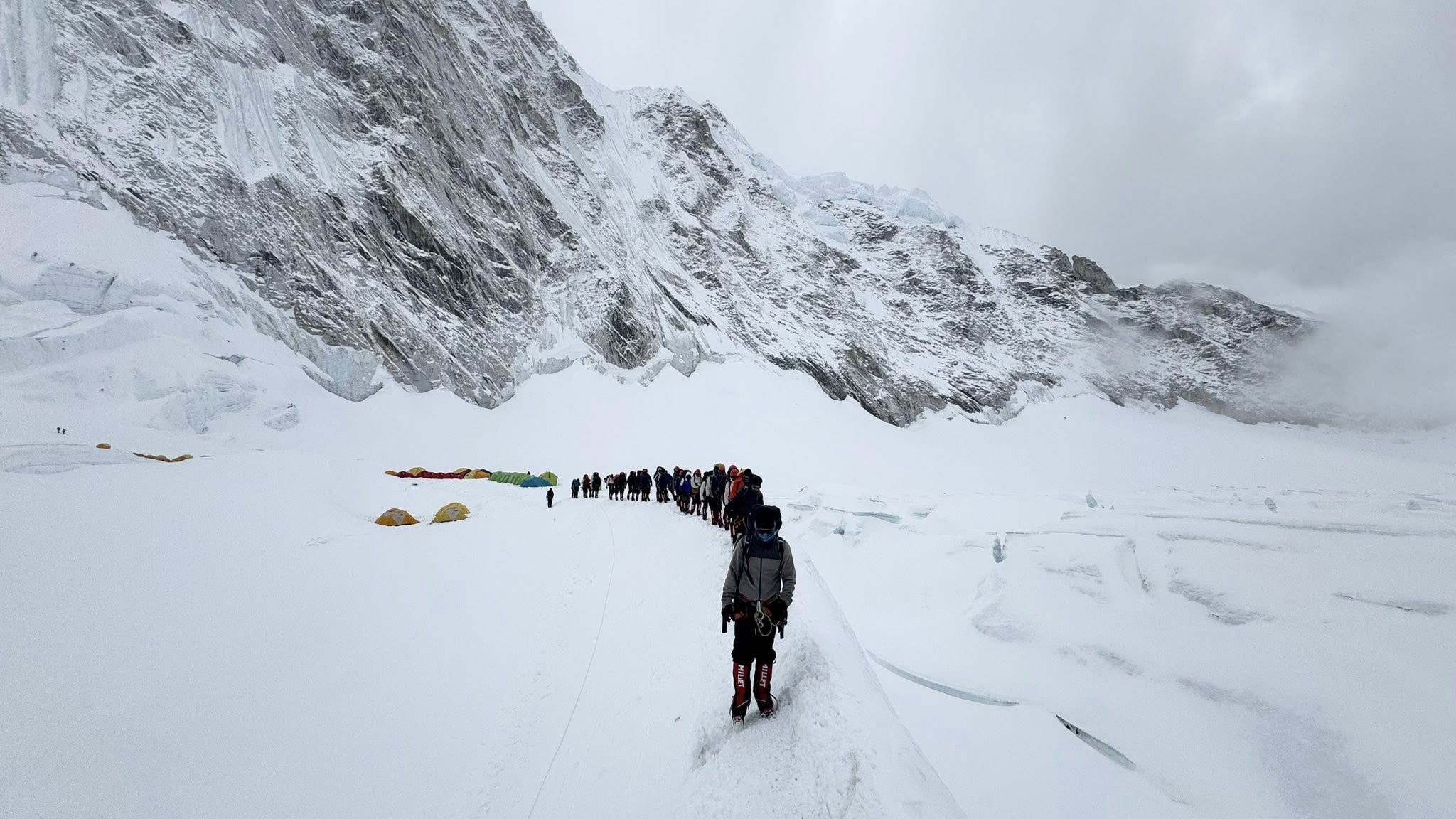
photo: Kami Rita Sherpa Facebook
Table of contents
Legacy in Their Blood
Legendary Sherpas Who Changed Mountaineering
Sherpas Who Are Shaping the 2025 Season
The Sherpa Spirit Lives On: Heroes of the Himalayas in 2025
Legacy in Their Blood
The story of the Sherpas isn’t just about climbing mountains – it is the mountain. For centuries, this resilient community has lived high in Nepal’s Khumbu region, where oxygen is thin and peaks touch the sky. Originally migrating from eastern Tibet in the 1500s, Sherpas found a new home among the world’s tallest mountains. Their name, “Shar-wa” in Tibetan, means “people from the east,
But what truly sets them apart isn’t just where they live – it’s how they live. Generation after generation, Sherpas have developed a natural ability to thrive at high altitudes. When the first Western explorers came to conquer Everest and other Himalayan giants, they quickly realized they couldn’t do it alone. Sherpas became the quiet power behind nearly every major expedition- carrying loads, setting ropes, and guiding climbers through deadly terrain. Today, Sherpas are still the heart of Himalayan mountaineering. Their legacy isn’t written in textbooks – it’s carved into ice, rock, and every summit reached. Climbing may be a sport for some, but for Sherpas, it’s heritage. It’s in their lungs, their legs, and their blood.
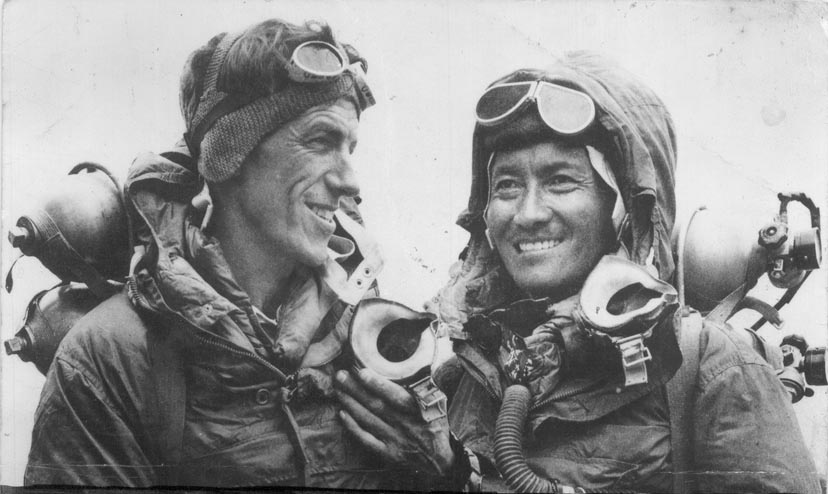
Legendary Sherpas Who Changed Mountaineering
The Pioneering Legend: Tenzing Norgay
Tenzing Norgay wasn’t just part of history – he made it. On May 29, 1953, alongside Sir Edmund Hillary, he became one of the first two people to stand on the summit of Mount Everest. That moment changed everything. For the world, it was a milestone of human achievement. For Sherpas, it was a turning point -finally showing the world that they were not just porters, but skilled mountaineers in their own right.
But Tenzing’s journey didn’t start in 1953. He had already tried to climb Everest seven times before, including the 1952 Swiss expedition where he reached an astonishing 8,600 meters- just shy of the summit. His deep knowledge of the mountain, unmatched stamina, and calm under pressure were crucial to the British team’s success.
Born in Nepal and raised near Everest in the Khumbu region, Tenzing had a natural bond with the mountains. He climbed with respect, not ego – a mindset still deeply rooted in Sherpa culture today. When asked who reached the top first, he always said it didn’t matter – it was a team effort. That quiet dignity spoke volumes. Tenzing Norgay’s legacy lives on – not only in mountaineering history but in every Sherpa climber who follows in his footsteps. He didn’t just climb a mountain; he lifted a community to new heights.
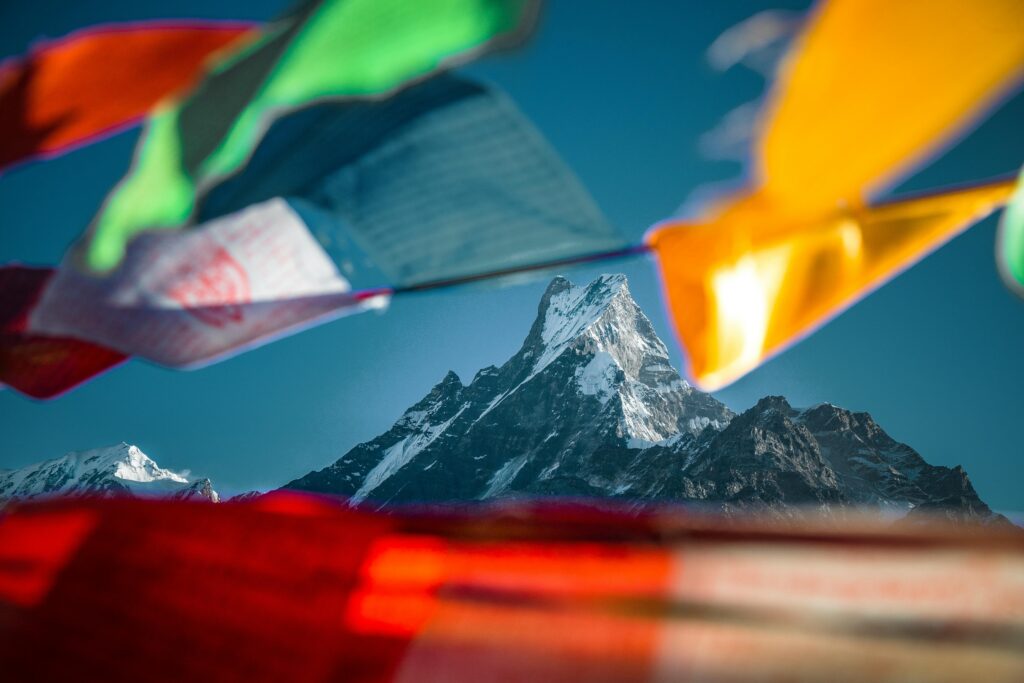
Breathing Beyond Limits: Ang Rita Sherpa
Ang Rita Sherpa wasn’t just a climber – he was a phenomenon. Nicknamed the “Snow Leopard,” he stunned the world by climbing Mount Everest ten times without using supplemental oxygen, a feat no one else has matched. Between 1983 and 1996, Ang Rita showed what the human body could do in the so-called “death zone”- where oxygen levels drop to just one-third of what we breathe at sea level. For most, it’s a place of survival. For him, it was home.
One of his most mind-blowing achievements? Climbing Everest in winter– without oxygen, in 1987. It was bitter cold, with winds howling at minus 40°C. Most would never attempt such a thing. Ang Rita made history. He didn’t stop at Everest. He summited other 8,000-meter giants like Dhaulagiri, Cho Oyu, and Kanchenjunga, often in tough conditions and on routes that demanded speed, precision, and stamina. Behind the fame, Ang Rita remained humble and spiritual, believing mountains deserved respect more than records.
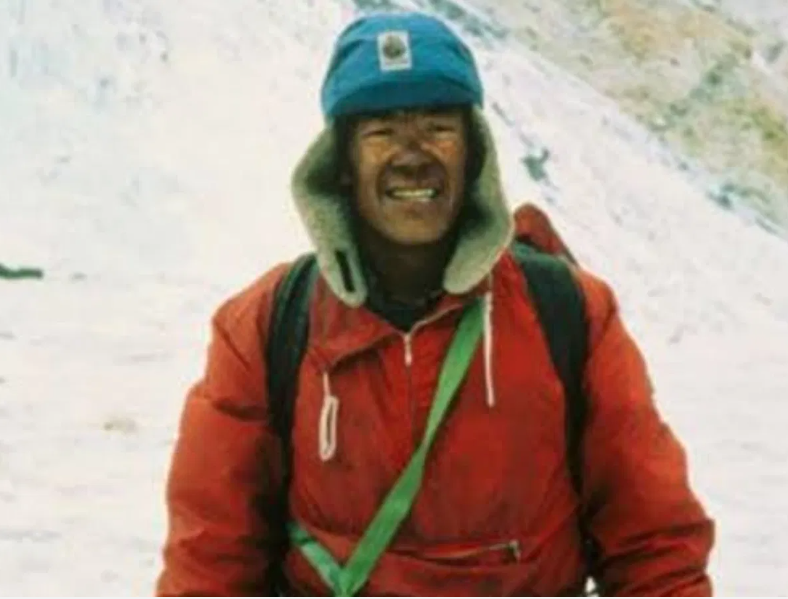
Photo credit: X/@imranhthaheem
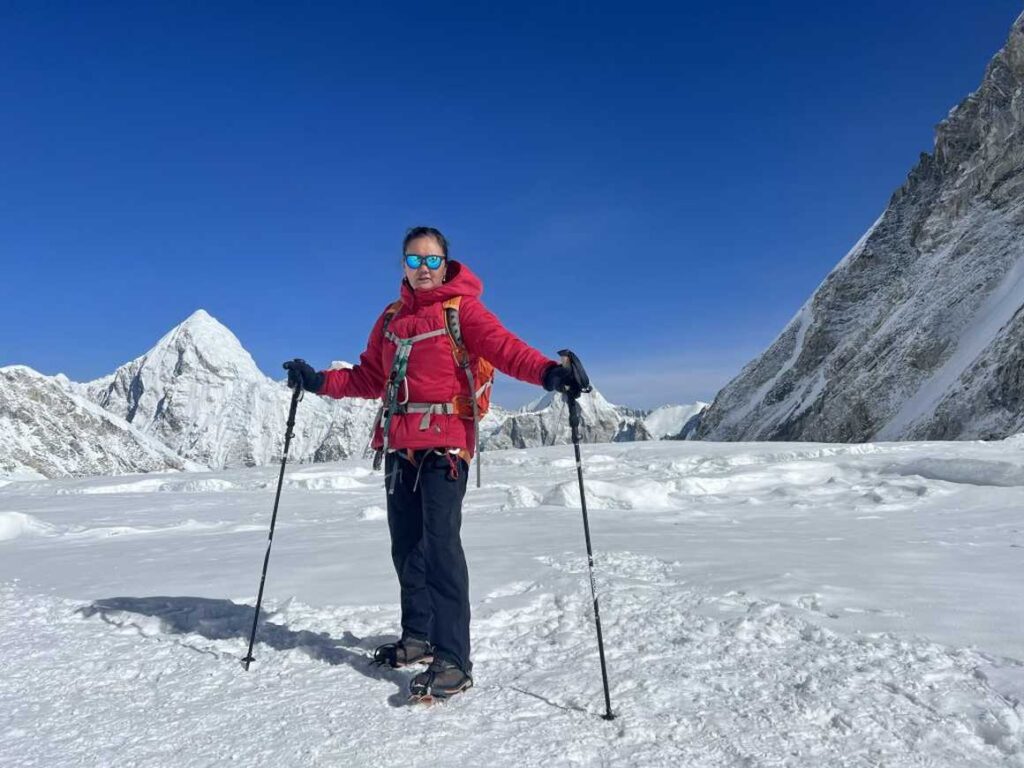
photo: www.kandooadventures.com
Lhakpa Sherpa: The Queen of the World’s Highest Peaks
Lhakpa Sherpa is a mountaineering legend – the first woman in the world to summit Everest 10 times, setting a record that no other woman has yet touched. In a sport long dominated by men, especially at the highest levels, she’s not just participating – she’s leading.
Her climbing achievements go far beyond Everest. Lhakpa has also successfully summited K2, the world’s second-highest and most dangerous mountain. This makes her one of the few women to conquer both of these extreme giants. What makes her stand out isn’t just the number of climbs – it’s how she climbs. Lhakpa brings the wisdom of her Sherpa heritage to every expedition: moving efficiently, planning carefully, and respecting the power of the mountains. Her style is grounded in tradition but sharp with modern skill, blending spiritual connection with technical mastery.
The Sherpa Spirit Lives On: Heroes of the Himalayas in 2025
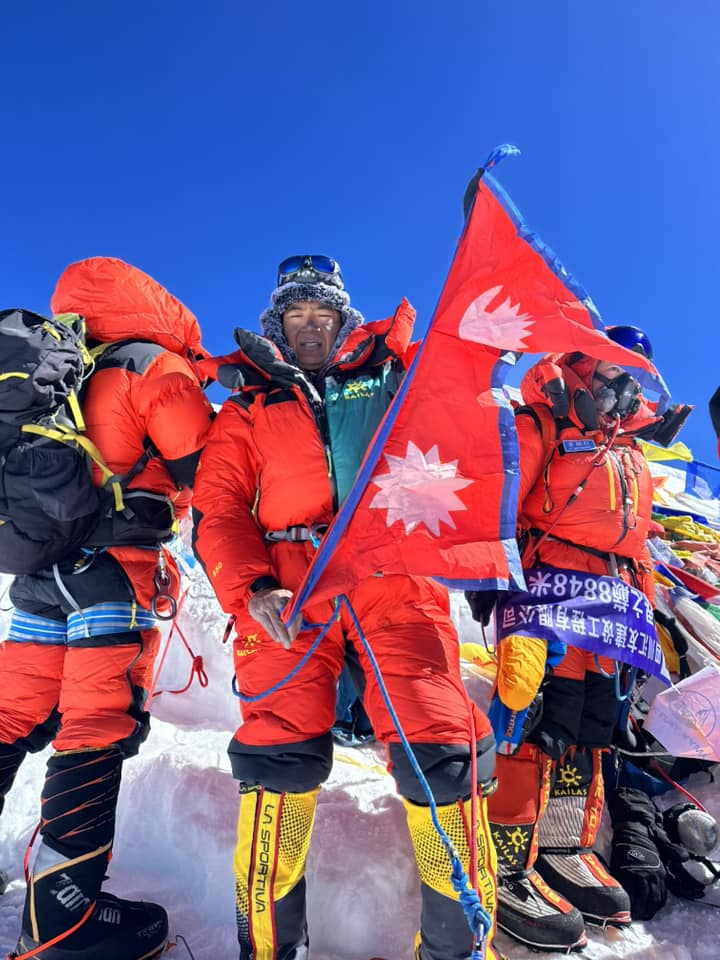
Ph: Ang Temba Sherpa Instagram
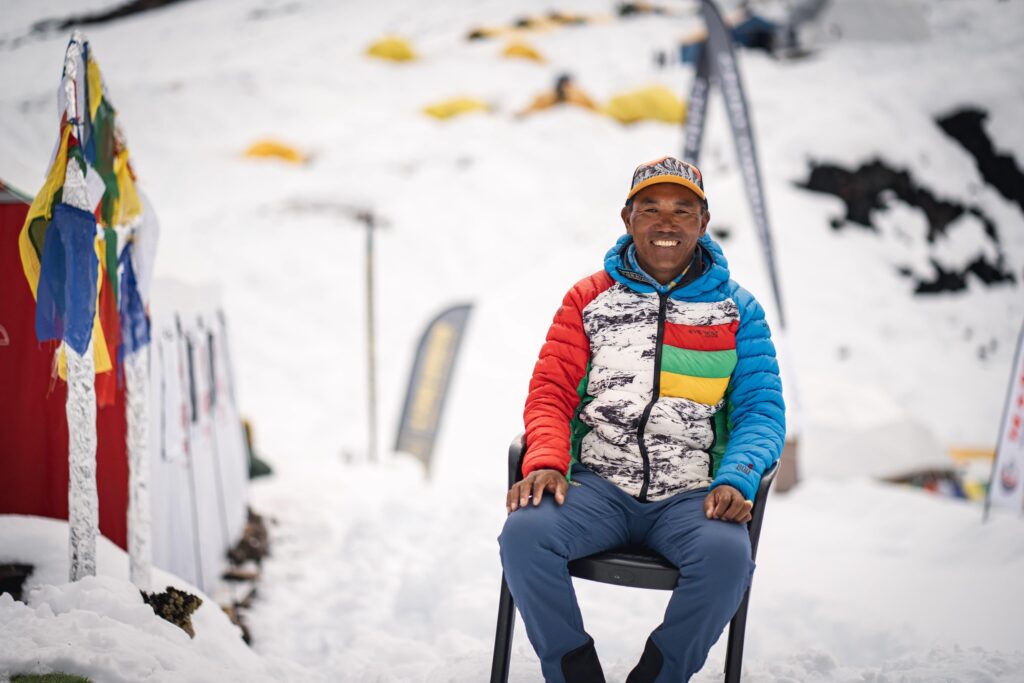
Ph: Kami Rita Facebook
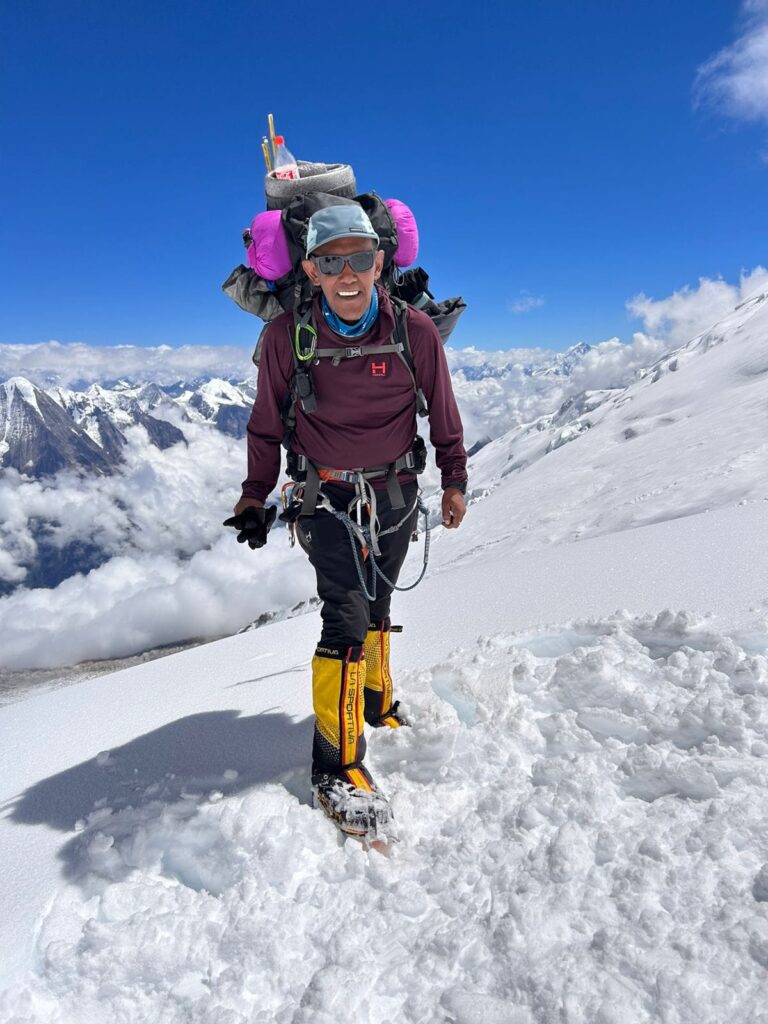
Ph: Pasang Dawa Sherpa Facebook
In 2025, the Sherpa community continues to redefine what it means to be a high-altitude climber, moving beyond the traditional focus on Everest summits and sheer numbers to showcase remarkable stories of family achievements, pioneering young climbers, leadership in expedition logistics, and cultural innovation. hese modern-day legends carry forward a legacy that began centuries ago, yet their stories are as vibrant and inspiring as ever.
At the forefront stands Kami Rita Sherpa, a name that echoes through the valleys of the Khumbu and across the mountaineering world. At 55 years old, Kami Rita is not just a climber but a living legend. Starting out as a porter in 1992, he reached the summit of Everest for the first time in 1994. By May 22, 2024, he had stood on the world’s highest peak 30 times, a record unmatched by any climber. That month alone, he summited twice – once on May 12 and again ten days later. This spring, he is preparing to make his 31st ascent of Mount Everest, aiming to extend his own Guinness World Record for the most Everest summits. Each climb is a testament to his extraordinary resilience and deep connection to the mountain. Kami Rita has also climbed other 8,000ers like Cho Oyu, Lhotse, Manaslu, and K2. His career is not just a list of peaks, but a lifelong commitment to guiding, route-fixing, and keeping others safe in the most extreme conditions.
Close behind him is Pasang Dawa Sherpa, another towering figure whose 27 Everest summits place him among the most accomplished climbers in history. Pasang Dawa’s steady presence on the mountain is a pillar of strength for many expeditions. Known for his calm leadership and technical skill, he plays a crucial role in guiding climbers safely through Everest’s perilous routes. Together, Kami Rita and Pasang Dawa represent the pinnacle of Sherpa mountaineering mastery-seasoned veterans whose experience ensures that countless climbers realize their dreams while minimizing risk.
Behind the scenes, the success of these expeditions relies heavily on the expertise of leaders like Ang Temba Sherpa, who commands the Sherpa rope-fixing teams responsible for securing the route from base camp to summit. In 2025, Ang Temba’s leadership is vital in navigating the ever-changing icefalls and crevasses of Everest’s most dangerous sections. His team’s work transforms the mountain’s hazards into manageable pathways, enabling hundreds of climbers to ascend with greater safety and confidence. Ang Temba’s role exemplifies the technical precision and teamwork that Sherpas bring to every expedition.
Recent Triumphs That Still Inspire
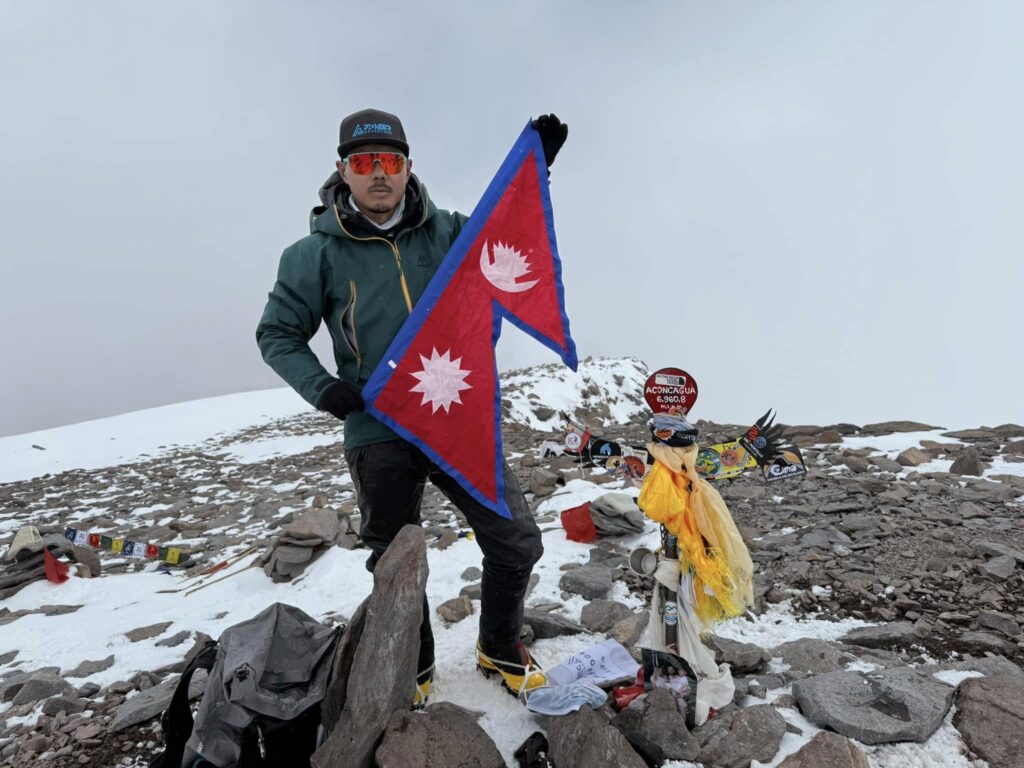
Ph: Mingma Dorchi Sherpa Facebook
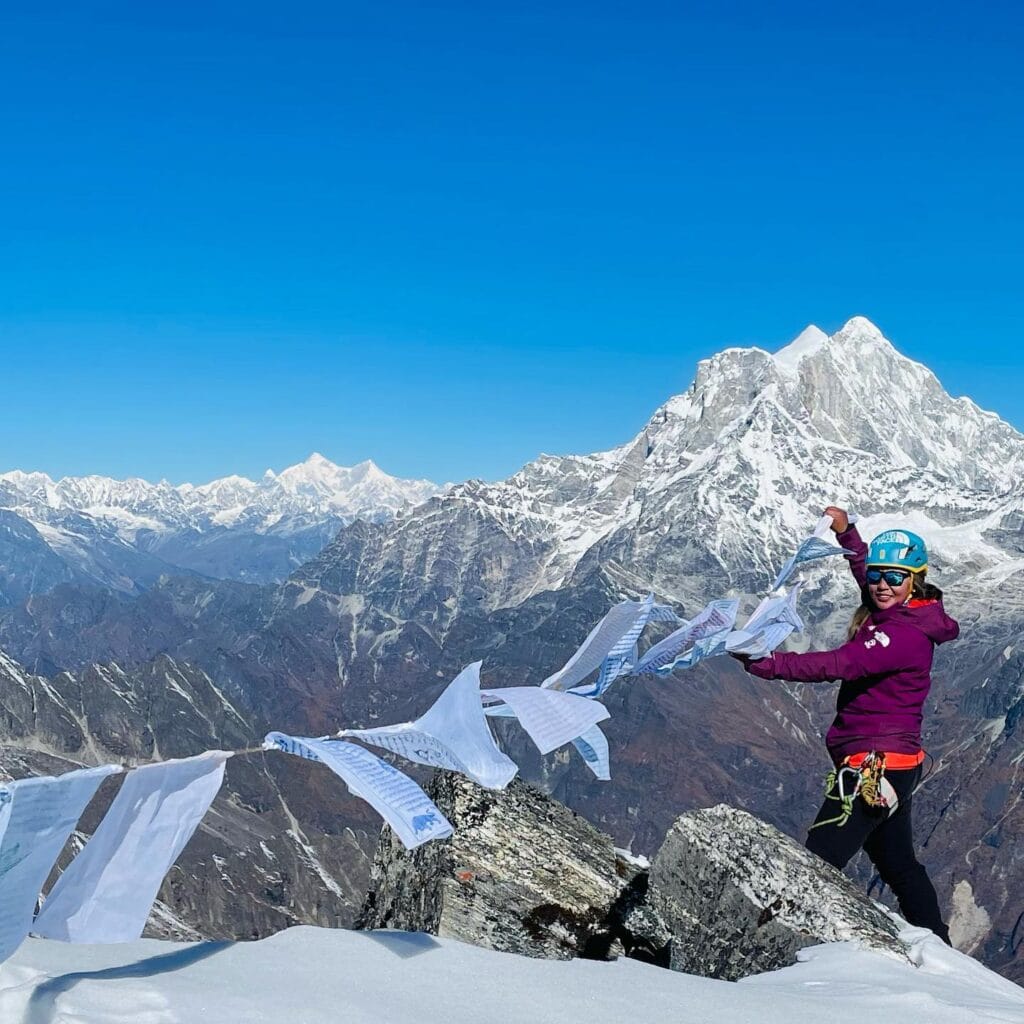
Ph: Dawa Yangzum Sherpa Facebook
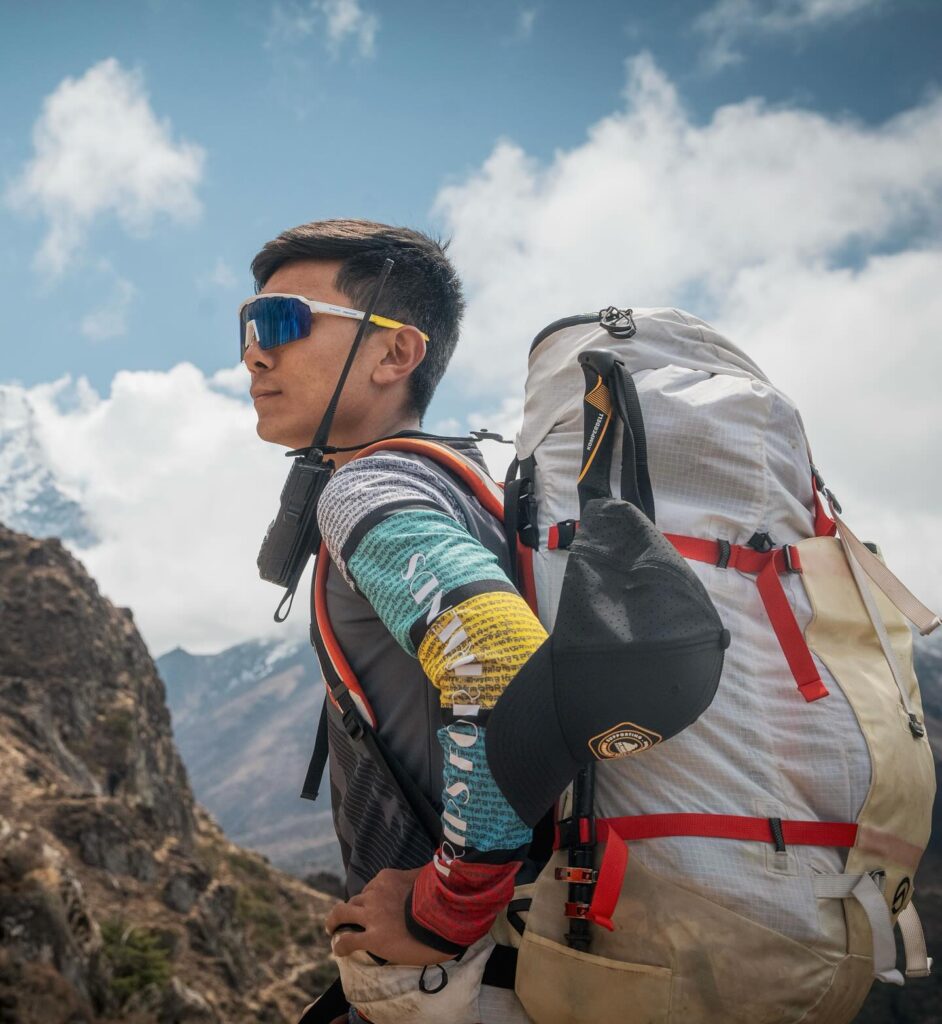
Ph: Nima Rinji Sherpa Facebook
Mingma Dorchi Sherpa: On May 27, 2019, Mingma set a Guinness World Record by summiting both Mount Everest and Lhotse-the highest and fourth-highest peaks in the world-within an astonishing 6 hours and 1 minute. Starting at Everest’s summit just after midnight, he traversed the South Col and reached Lhotse’s peak by early morning, showcasing unmatched speed and endurance at extreme altitude. Known for his calm focus and flawless execution in high-stakes moments, Mingma Dorchi’s feats continue to push the boundaries of what’s possible at extreme altitude.
In October 2024, Dawa Yangzum Sherpa made history as the first Nepali woman to summit all 14 of the world’s 8,000-meter peaks. Her achievement not only marks a personal triumph but also signals a powerful shift – female Sherpas are claiming their space among the world’s elite mountaineers.
Nima Rinji Sherpa, at just 18 years old, became the youngest person ever to summit all 14 of the world’s 8,000-meter peaks, completing this extraordinary feat on October 9, 2024, with his ascent of Shishapangma in Tibet. Beginning his quest in September 2022 with Mount Manaslu, Nima climbed all these formidable mountains in just over two years, breaking multiple records along the way, including youngest summits on several peaks. His achievement is not only a personal triumph but also a statement of Sherpa pride and potential, as he dedicates his record to his project #SherpaPower, aiming to reshape global perceptions of Sherpas as elite athletes and adventurers rather than just support climber

Conclusion: Look Up, but Also Look Around
Climbing a Himalayan giant is never a solo story. Behind every triumphant summit photo is a Sherpa who tied the knot, set the line, boiled the tea, or made the call to turn around.
In the climbing world, glory is often measured in meters. But respect? That lives in how we speak of the people who make our climbs possible. The Sherpas aren’t just supporting this season – they’re defining it, even as the story continues.
Because the summit belongs to everyone who gets you there.
